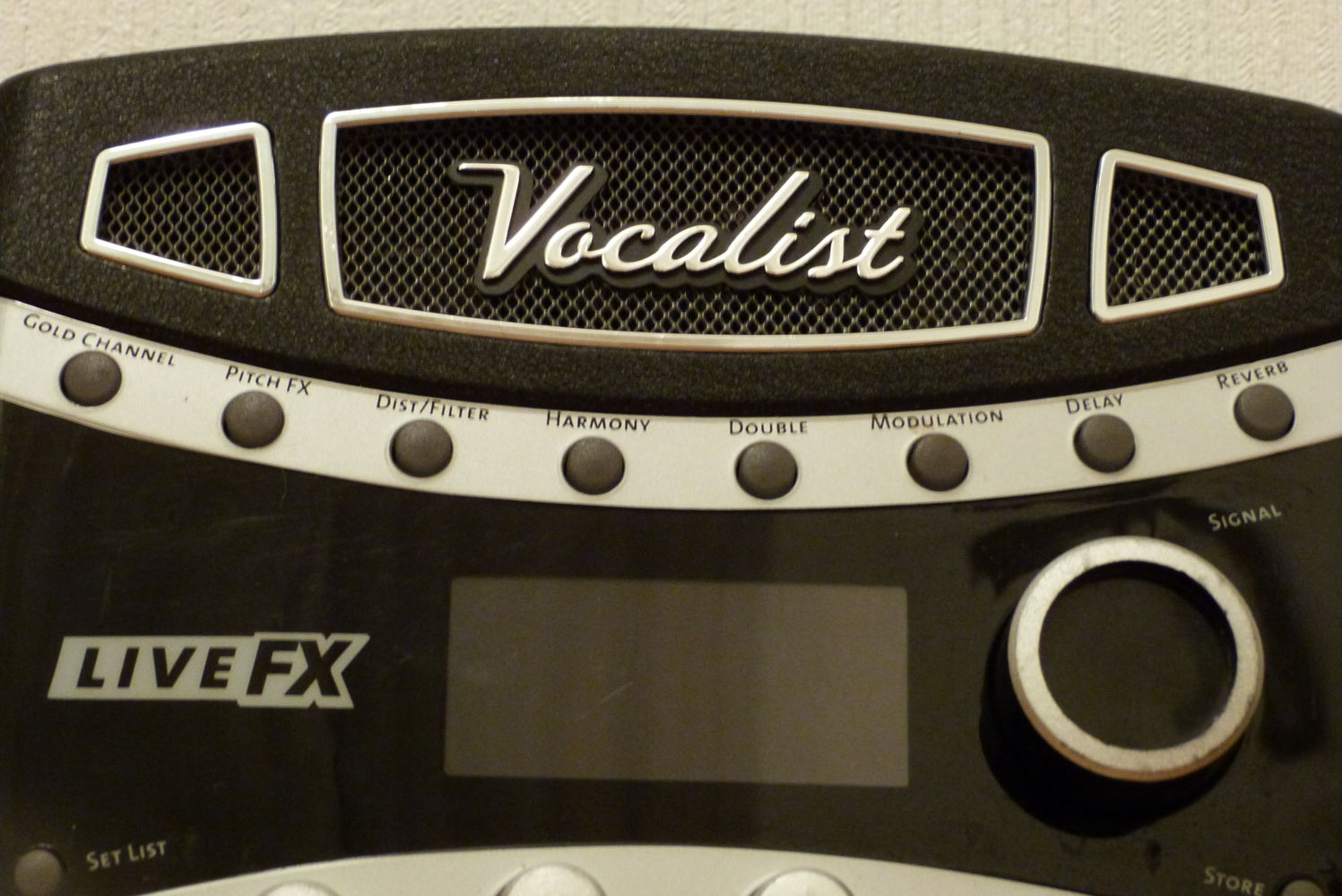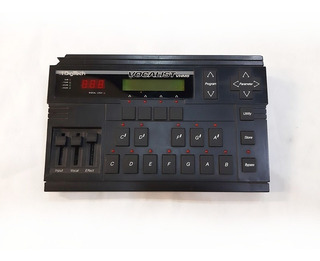

These are, though, a great addition for those who WILL use them and will pretty much eliminate the need for extra pedals. Since my vocal effects are handled through the sound system I don't used those included in the Live 5. I play only acoustic guitar but through in a ukulele and banjo on occasion and the Live 5 has no problem generating the selected harmonies with either. I've had to design and build my own pedal board to accommodate it and and a few other pedals. The Live 5 is larger than most and heavier. It worked both live and with a recorded vocal and rhythm guitar.I've had the opportunity to try out a few of the most expensive and top-rated vocal processors over the last two years so I can tell you that this one is the best for the money.

We tried to catch it out with different strumming styles and obscure chord voicings but, as long as your voice is singing the right notes to fit the song's chords, it seems to have an innate ability to always come up with notes that fit in musically.

DIGITECH MV 5 MIDI VOCALIST REVIEWS PLUS
The thirds and fifths above and below plus the two unison settings provide a range of combinations that give plenty of scope for finding something that will both suit your voice and the particular song. With the correct blend set and a touch of reverb they can sound quite sublime and very close to the real thing. The harmoniser itself works just fine, adding in some extra sympathetic voices with careful setting of the mix knob allowing them to blend in naturally without dominating the main vocal.Īs is the case with other harmonisers in a similar price range, the pitch-shifted harmonies are not pristine copies of the main vocal - they can sound a little 'swimmy' and a touch metallic but you really don't hear that unless you crank them up way beyond the level of the lead vocal, which really defeats the point of what this unit is all about anyway. The smooth-sounding reverbs have been picked to suit vocals and can add a definite sense of space around the voice, if needed, or at higher knob settings be switched in with the footswitch as a special effect. The compressor works very well in keeping the voice consistent and upfront, and the three different 'enhance' settings can subtly tweak the voice to bring out more of the desired character.

Setting up the Live 2 is simple - the front panel knobs and buttons are appropriately named and very intuitive, while the red LEDs on each button let you know exactly what effect is active. The unit will be confused as to what harmonies to generate when confronted with an out-of-tune guitar so this facility is crucial. The harmony footswitch switches the harmony generation in and out while the effects switch is used to bypass the rest of the effects processing - this can also be held down to engage the onboard chromatic guitar tuner. Two footswitches turn the whole thing on and off. The 'enhance' knob brings in EQ in three different flavours - resonance (low and mid boost), clarity (mid-range cut) and shine (high-end boost). Firstly, compression can be applied to smooth out the vocal signal, then a touch of reverb can be added with a choice of studio, room or hall sounds. A front panel 'harmony mix' knob sets the blend of the original vocal and the generated harmonies and runs the whole range from vocal only to harmonies only.īesides the harmony generation the unit has other processing, controlled by three more front panel knobs, that can be applied to the vocal. There are both mono (XLR) and stereo (6.4mm jacks) options for outputting the effected vocal signal and both can be used simultaneously in such instances as feeding a powered monitor as well as the main PA. The vocal is fed into the unit directly from a microphone into an XLR input or through a line input which can take the signal from a mixer or an audio interface, allowing previously recorded vocals to be used. The guitar input and output are hard-wired so that there is no degradation of the guitar signal as it passes through. The Vocalist Live 2 is powered by a 9V adaptor and is designed as a floor pedal that comes first in the signal chain after the guitar because it needs a pure guitar signal to function correctly.


 0 kommentar(er)
0 kommentar(er)
